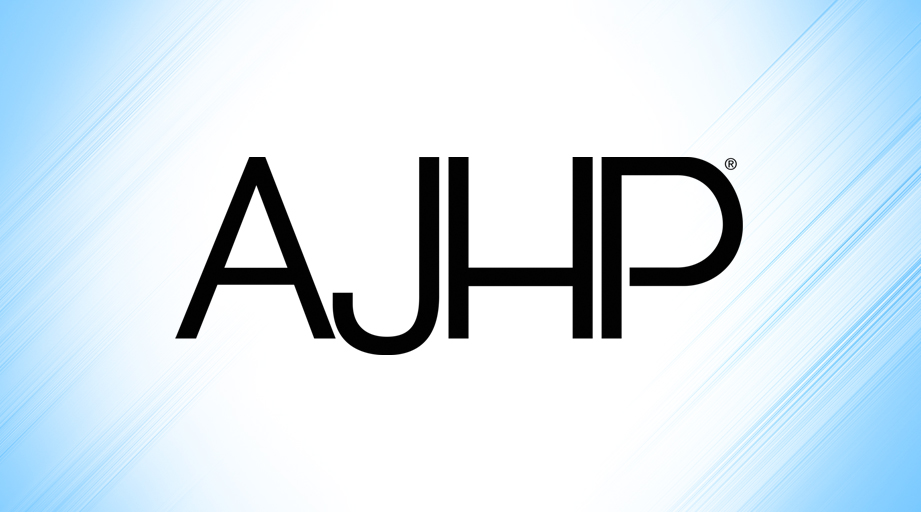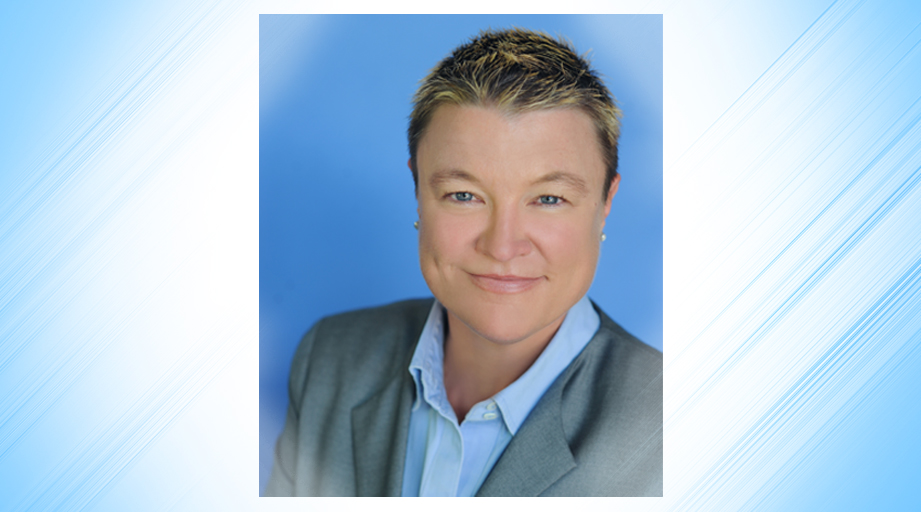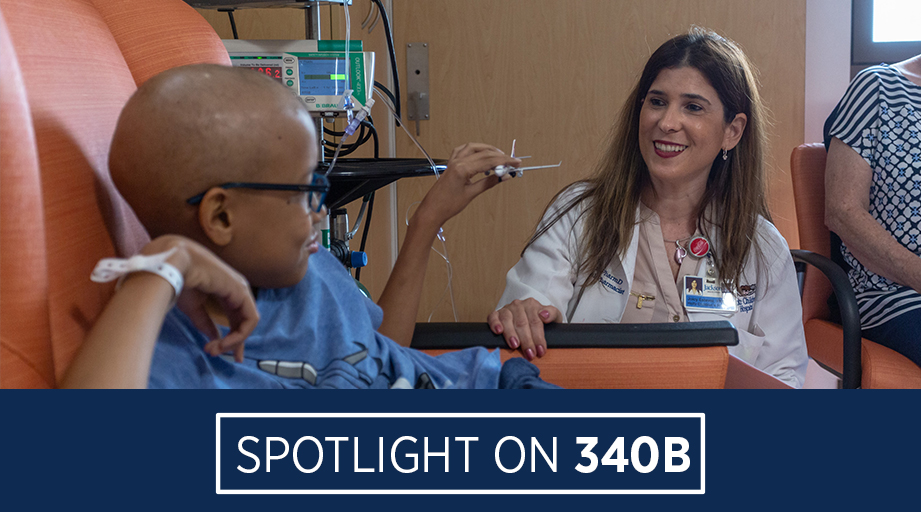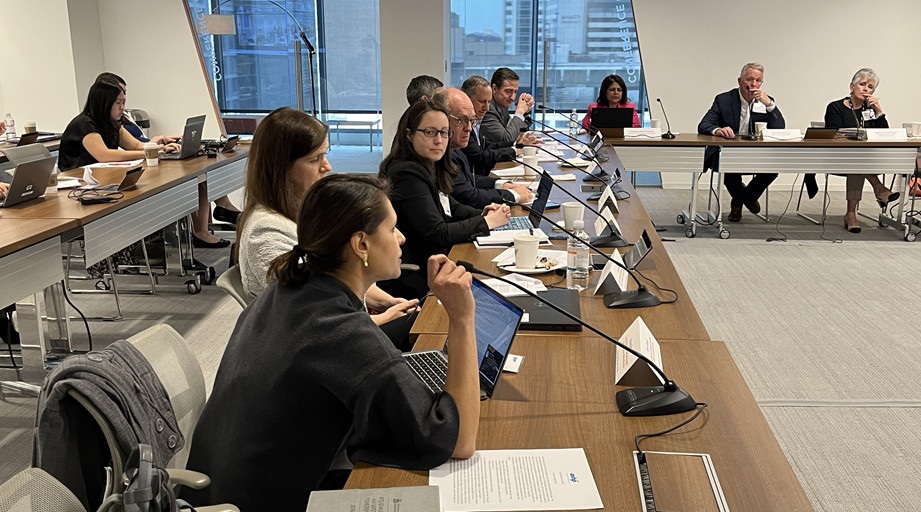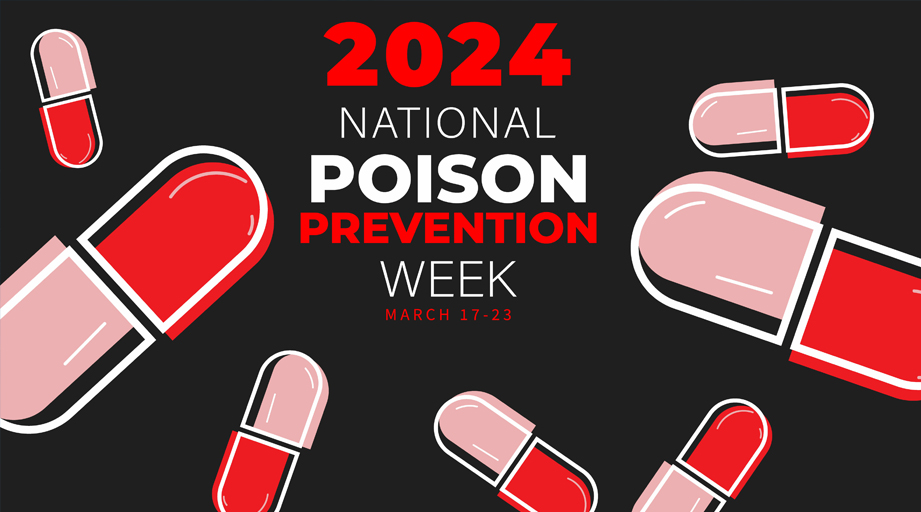
At the height of Hurricane Michael, the pharmacy at Miller County Hospital in Colquitt, Georgia, was a pretty secure place to wait out the storm.
“We were in the ‘concrete bunker,’ here in the pharmacy. So we didn’t get it that bad,” recalled Adam Miller, staff pharmacist at the 25-bed critical access hospital.
Nevertheless, he could feel the wind penetrating the pharmacy’s window as the ride-out team watched light poles sway in the wind. Several times, he heard tearing noises as the storm ripped air conditioning unit compressors from the facility’s roof.
“Until you’ve seen wind that fast, it’s kind of hard to describe how strong it is,” Miller said.
The day after the storm, the county reported nearly 40,000 people without power, damage to residential and commercial structures, widespread damage to power and internet lines, problems with the 911 emergency call system, and cellular service outages.
The storm left the hospital operating on generator power for nearly a week and relying on bottled water until city water service was restored.
Coastal and inland areas had little time to prepare for the rapidly developing storm, which became a tropical depression on October 7 and had intensified to a strong Category 4 hurricane two days later. Peak winds of 155 mph were reported when the storm made landfall in Florida on Wednesday, October 10, and Michael reached Georgia that day as a Category 3 hurricane — reportedly the first major hurricane to hit the state since 1898.
“All day Tuesday, they were trying to get staffing in place, ... and be prepared for the worst, and be prepared to stay here for days,” Miller said. “It was one of the busiest days we’ve ever had.”
The pharmacy served as sleeping quarters for Miller, Pharmacy Manager Kendall Durham, and 3 pharmacy technicians until it was safe to return home.
Durham said the pharmacy staff ordered extra medications and fluids, which were delivered on October 9. The pharmacy team increased stocks of critical medications and i.v. fluids in automated dispensing units, especially in the medical–surgical unit and in the emergency department, which operated throughout the storm.
Another important task was ensuring that residents of the hospital’s 107-bed long-term care facility wouldn’t run out of maintenance medications after the storm. Durham said the pharmacy processed as many early refills as it could for the residents.
Miller said the pharmacy ran low on famotidine and briefly rationed a couple of noncritical medications for nursing home residents until new stocks were available.
A not-yet-opened 24-bed unit in the nursing home served as a sleeping place for hospital staff who rode out the storm, and Durham said the hospital provided childcare for family members who needed it.
After the storm, the mix of patients who sought care at the emergency department wasn’t quite what the hospital had anticipated.
“We were expecting a lot of trauma from the damage that the hurricane did. But what they saw was people coming in with sore throat, earache, cough-and-cold stuff, because they couldn’t get to a doctor’s office,” Durham said. “Also, all the pharmacies were closed.”
She said her pharmacy fills prescriptions for employees and is able to process outpatient prescriptions, including emergency supplies of maintenance medications that local residents needed until their usual pharmacies reopened.
Both pharmacists said the biggest problem immediately after the storm was that the toilets in the hospital didn’t flush until the city restored water pressure. Other than that, the hospital was soon fully staffed and operating smoothly.
Then, five days after the storm, when the worst seemed past, the hospital’s internet connection went down after a repair team in the city cut the access line, Miller said.
“That Monday was the craziest workday I’ve ever had, because we were having to figure out how to document things on paper, and we were having to run paper orders from the [nursing] floor to the pharmacy,” he said. “The fax machine wasn’t working, the phones weren’t working. Luckily, we were able to use our phones to set up mobile hot spots and use laptops to log into our software.”
Miller and Durham said they were thankful that their homes and those of the pharmacy staff sustained only minor damage from the hurricane.
Miller said the area in the past has weathered tropical storms that brought winds and flooding. But Hurricane Michael was a completely different experience.
“We’ve never had anything like this,” he said.


